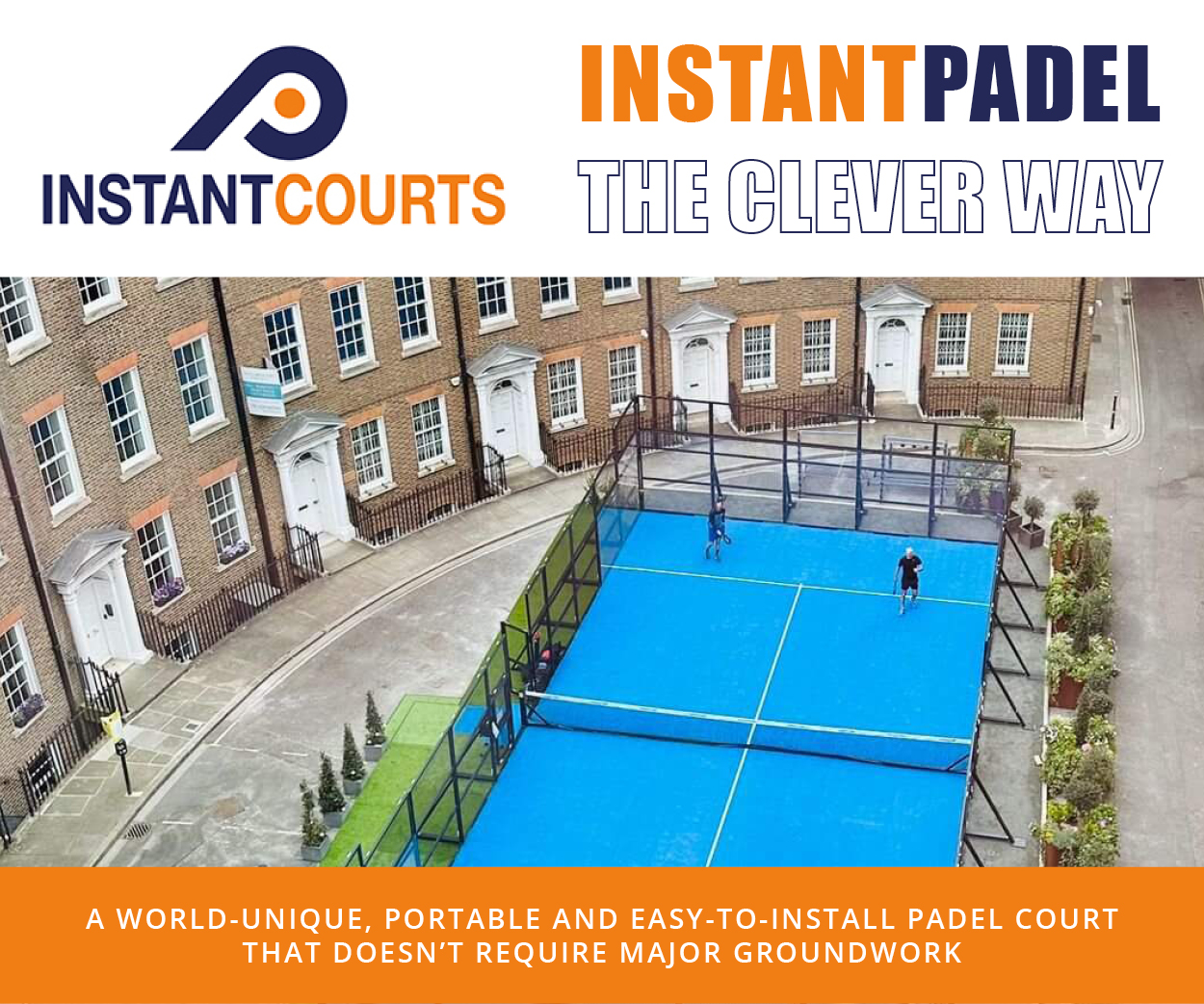Spanish court specialists Padel Alba have released new products which they claim eases padel’s noise pollution problem.
The idea was inspired by a case in Hungary where persistent complaints from a nearby resident led to a padel club being shut down.
The thumping noise of a padel ball being struck and the crash of the ball against the grill has also led to the Dutch Tennis Association, KNLTB (who govern padel in the Netherlands) introducing guidelines stating that noise from padel courts should not exceed 91 decibels.
Padel’s noise problem, however, pales in comparison to the repetitive loud ‘pop’ of rapid pickleball rallies, which has sparked several lawsuits in the States. Four residents of Lone Tree, Colorado, asked Douglas County District Court to shut down nearby pickleball courts or “construct a soundproof structure” around them.
Padel Alba have now produced and road-tested such a sound proof structure – an acoustic screen which can be up to four metres in height which they say reduces the sound of a typical padel game from around 70 decibels to 35.
Ray Brinkmanis, Padel Alba’s Chief Sales and Marketing Officer, told The Padel Paper that their acoustic screens take around four hours to install and cost between 60-130 euros per square metre.
The PG5 sound-absorbing panel, designed for the construction of an anti-noise screen, consists of two profiled sheets of galvanized steel, one with perforations (absorbent side) and the other smooth (reflective side).
When joined together they form a casing that is closed at its ends with a polypropylene lid which provides both impermeability and the non-transmission of noise sound waves. Inside, and between both steel sheets, they placed the magic ingredient – rock wool with a black protective veil.
There are currently six different designs including an alumimium, concrete, steel and wood finish. Padel Alba can even integrate plants for a more appealing aesthetic.
“The closer to the padel court wall, the more sound it will absorb,” said Brinkmanis. “We can build a totally new wall which is a sound barrier or attach it to an existing wall.
“This is the very early stages of the project and we can work with the customers on whatever their needs are. But we believe we’ve identified and provided a solution for an issue which will positively impact the industry.”









































